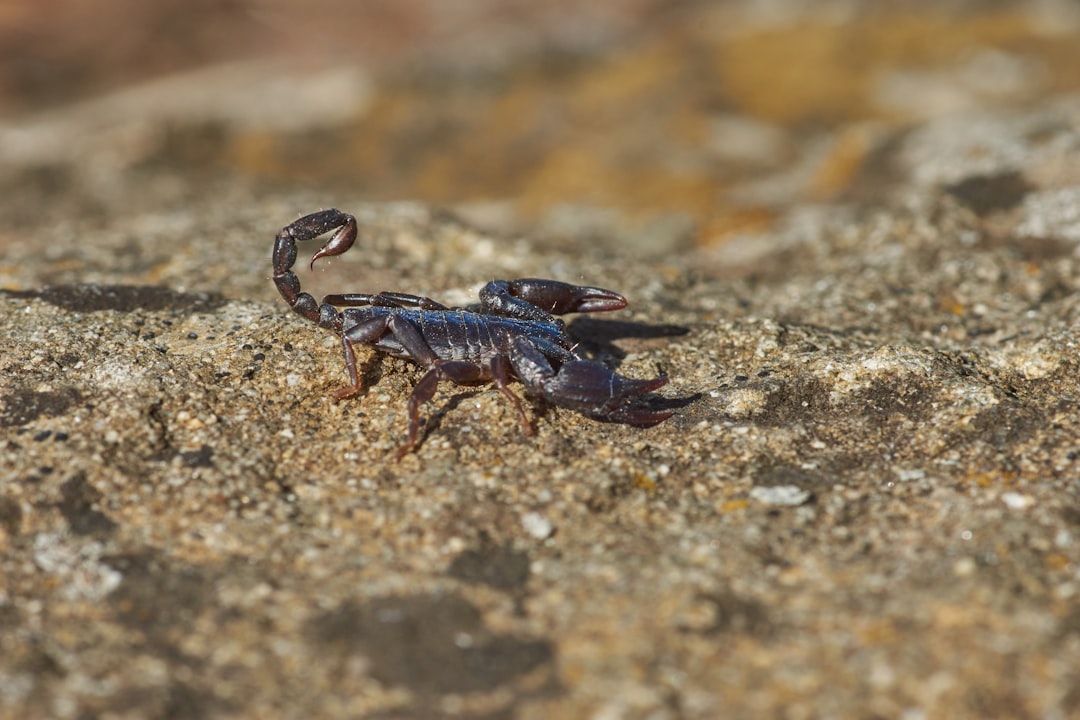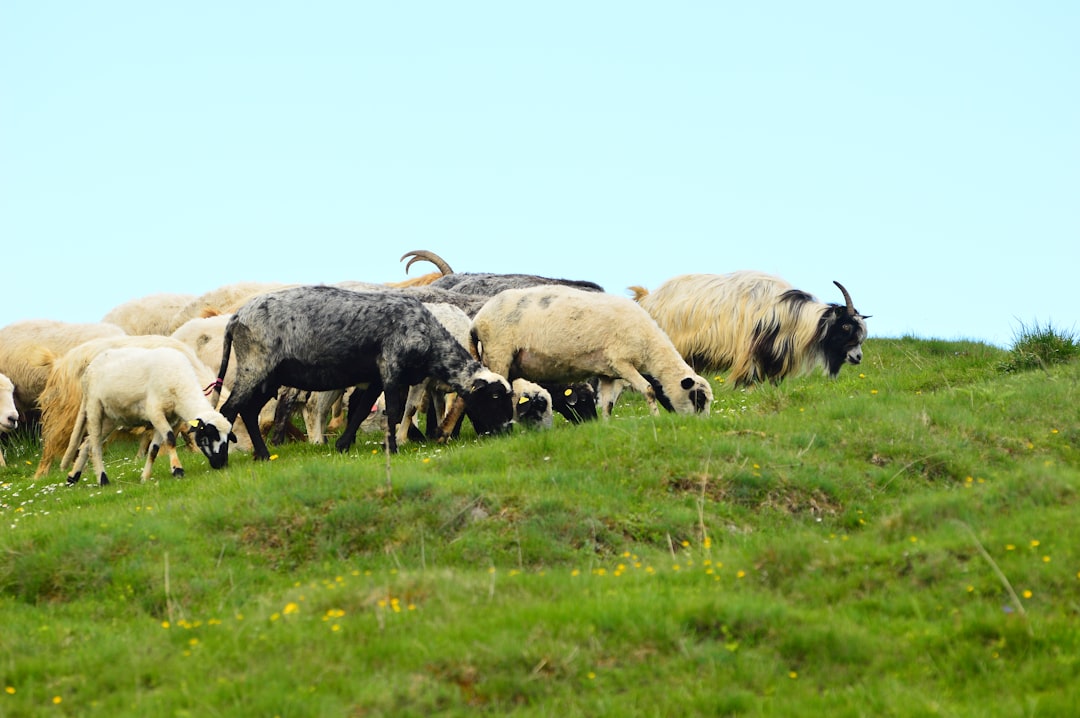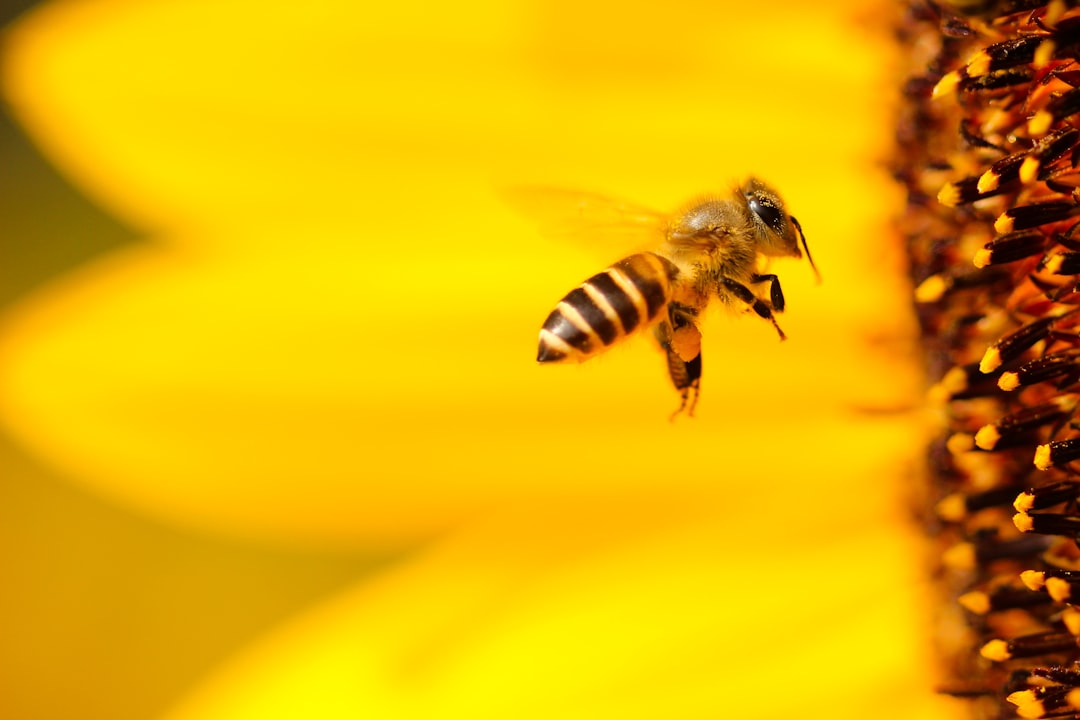What is it about?
Population monitoring of organisms living in remote locations is costly, requiring substantial amounts of time and money. Here, we present a cost effective way to monitor group living organisms using time-lapse photography, presenting a case study of a colonial breeding seabird (thick-billed murres, a.k.a. Brünnich's guillemots) in Greenland.
Featured Image
Why is it important?
This research presents a monitoring method using time-lapse photography that requires minimal time and effort in the field, and with future advancements in data processing methods, post-collection effort can be minimized (see: Merkel et al. 2016, J. Field Ornithol.). The data presented highlights the need to assess adequately the behavior of the focal species to acquire the desired data.
Read the Original
This page is a summary of: Remote Time-lapse Photography as a Monitoring Tool for Colonial Breeding Seabirds: A Case Study Using Thick-billed Murres (Uria lomvia), Waterbirds, September 2013, Waterbird Society,
DOI: 10.1675/063.036.0310.
You can read the full text:
Contributors
The following have contributed to this page










